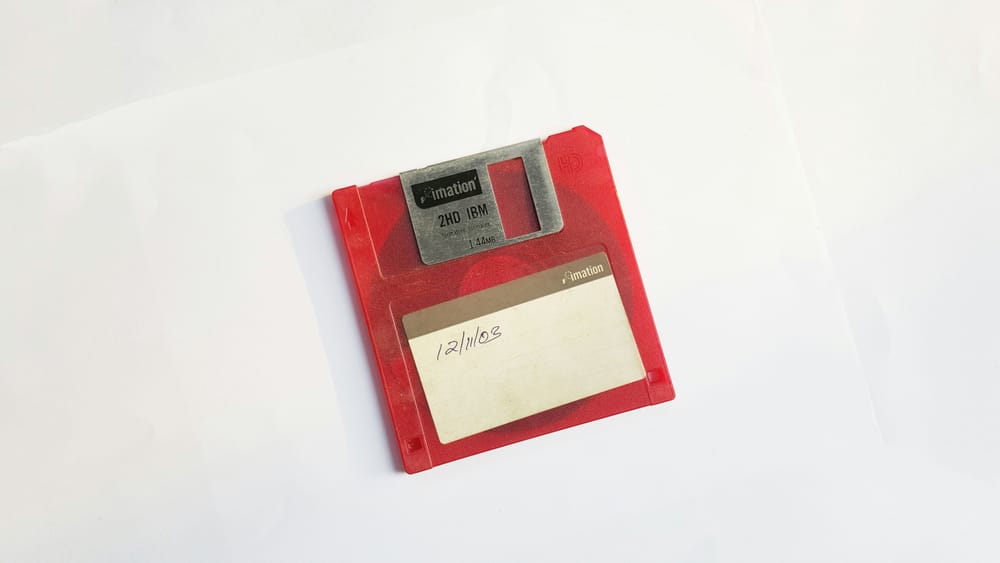Using the cloud to modernize legacy applications: A Manager's Guide to Cloud Migration
As a manager, you are likely to run into discussions about application management. Perhaps you have applications that need updates but you do not have enough developers for it? Or perhaps the original developers are no longer available and the tech stack is so out of date that you are not sure on how to keep maintaining it? Worst case scenario you are stuck in the sunken cost fallacy…this application has already cost us X amount of money, we cannot modernize it because that would mean that all of that money was invested for nothing. Best case scenario you have an application that just works and requires no significant maintenance. Regardless of your situation, you should evaluate your applications to ensure that they keep running smoothly even in the future in the most cost-effective way possible.
If you're a decision-maker looking to make informed IT investment choices without getting lost in too much technical jargon, this guide is for you.
What Are Legacy Applications?
Just to be clear what we really are talking about here: legacy applications are older software programs that have been around for a while, often many years. Think of them as the reliable, old machines in a factory – they still work, but they might not be as efficient or flexible as newer models. These applications often run on outdated hardware, software, and sometimes older languages, making them harder to maintain and less compatible with modern technology.
Why Modernize Legacy Applications?
Modernizing legacy applications is like giving your old factory machines an upgrade. Here’s why it’s important:
- Cost Savings: Older systems can be expensive to maintain. Modern applications, especially those on the cloud, can reduce costs.
- Improved Performance: Newer systems can handle more tasks faster and more efficiently.
- Better Security: Modern applications have up-to-date security features to protect against new threats.
- Scalability: Cloud-based systems can easily grow with your business, handling increased workloads without a hitch.
- Peace of mind: Knowing that your applications are maintained and manageable means that you can focus on adding functionality or optimizing performance instead of just keeping them alive if you wish.
What Is Cloud Migration?
Cloud migration is the process of moving your applications, data, and other business elements from on-premises hardware (like your company’s servers) to the cloud (remote servers managed by cloud service providers like AWS, Azure, or GCP).
Think of it as moving from a crowded, cluttered office to a new, spacious one that’s managed by experts.
Steps to Cloud Migration
- Assessment: Evaluate your current applications. Identify which ones are critical, which need an upgrade, and which can be retired.
- Planning: Develop a migration strategy. Decide whether you’ll move everything at once or in phases.
- Choosing a Cloud Provider: Select a cloud service provider that meets your business needs. Consider factors like cost, features, and support.
- Migration: Move your applications and data to the cloud. This can be done in several ways, such as:
- Rehosting: Simply moving applications to the cloud without making changes (like a "lift and shift").
- Replatforming: Making a few cloud optimizations to achieve benefits without changing the core architecture.
- Refactoring: Redesigning applications to better suit the cloud environment.
- Testing: Ensure everything works correctly in the new cloud environment.
- Optimization: Fine-tune your cloud setup for performance and cost-efficiency.
Benefits of Hiring Cloud Consultants
Navigating cloud migration can be complex, but you don’t have to do it alone. Hiring GESHDO consultants can bring several benefits:
- Expertise: Our consultants bring in-depth knowledge and experience.
- Efficiency: They can streamline the migration process, saving you time and reducing downtime.
- Customization: Consultants can tailor solutions to fit your specific business needs.
- Ongoing Support: Post-migration, they can provide continuous support and optimization.
Making Informed Decisions
As a manager, your role is crucial in making strategic decisions that affect the future of your business. Here are some tips:
- Ask Questions: Don’t hesitate to ask for explanations in plain language.
- Evaluate ROI: Consider the return on investment for cloud migration.
- Understand the Risks: Be aware of potential challenges, such as data security and downtime during migration.
- Seek Expertise: Rely on the expertise of cloud consultants to guide you through the process.
Conclusion
Modernizing legacy applications through cloud migration can transform your work load, making it more efficient, secure, and scalable. By understanding the basics and leveraging expert help, you can make informed decisions that will drive your business forward.
At GESHDO, we are cloud experts and we can help you optimize time-to-market as well as reduce costs. Embracing the cloud isn't just about technology—it's about setting your business up for success in a digital-first world.
🔗 Curious about how you can develop new solutions using cloud development and DevOps, or perhaps you want some help understanding how you and your company can benefit from the cloud? Reach out to me or one of my colleagues and we will help you turn your vision into reality.


